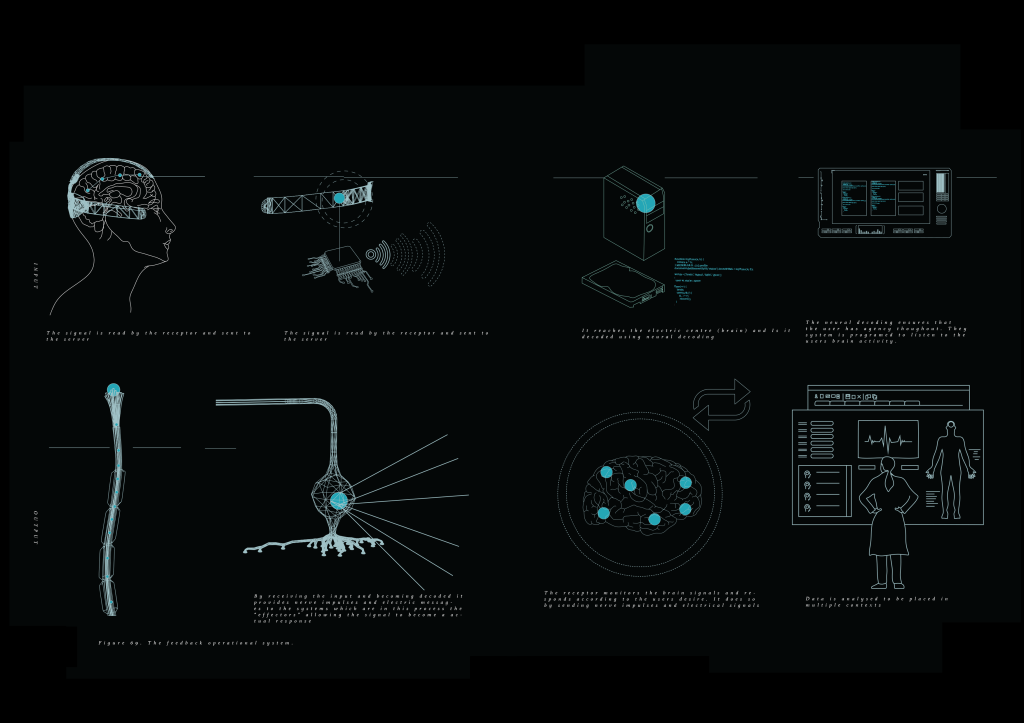
What if space had the ability to act as an interpreter, reading the minds of its users to What if space had the ability to act as an interpreter, reading the minds of its users to communicate as well as exude a sense of agency and perspective? Considering neurodiversity in developing an interior language. Neural Sensorium aims to explore the current gaps in interior architecture in consideration of existing spaces designed for neurodevelopmental disability and the limitations of communication devices. Technology plays a role in facilitating newly developed systems of communication offering agency to a person with a neurodevelopmental disability. The interior alters its position to become a receptor, translating messages to create a distinctive interior language.




















